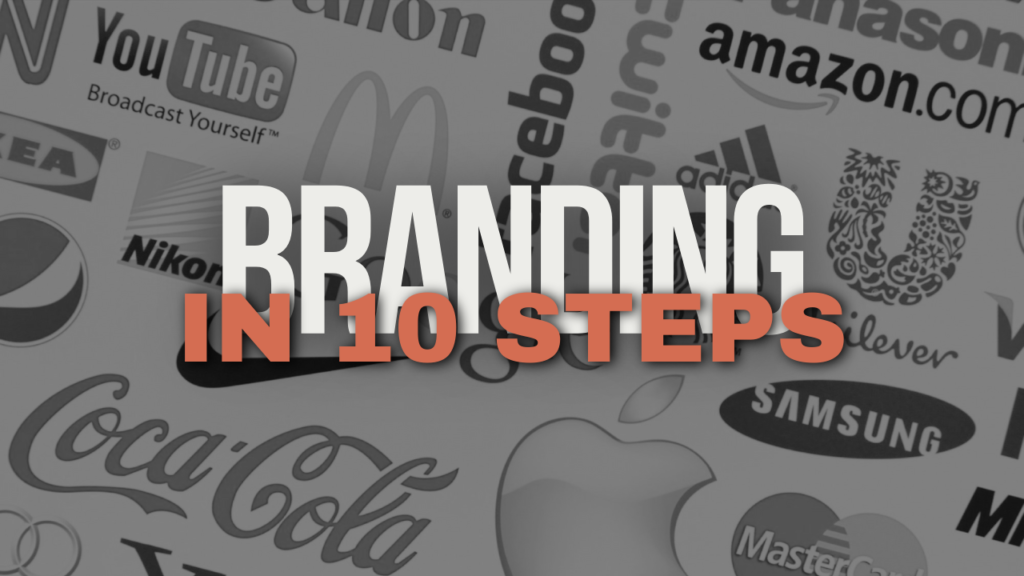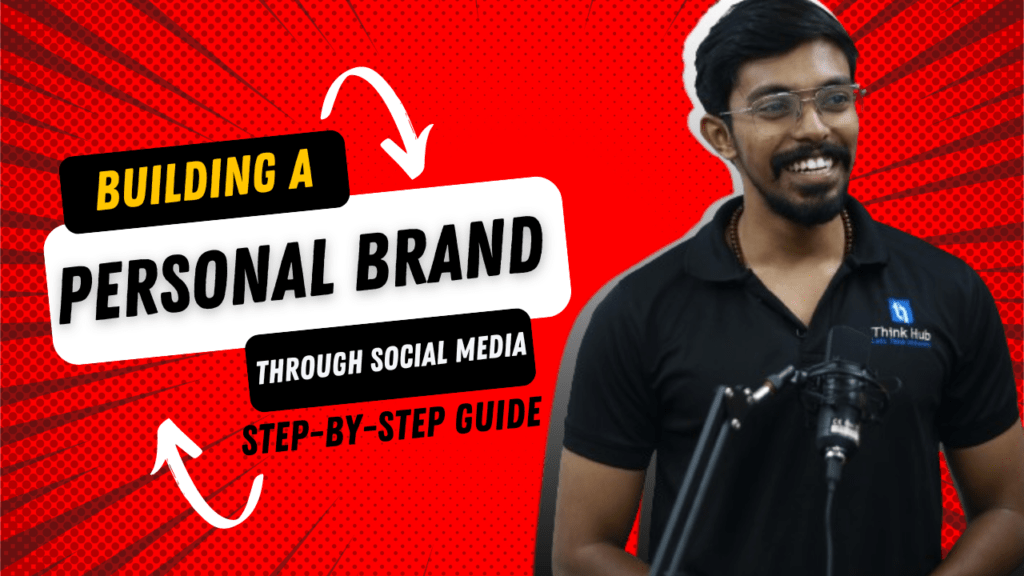Branding in 10 Steps: A Comprehensive Step by step Guide
Recently, I had a meeting with a client who was looking to build a brand. In today’s world, there is so much information available online that it can be overwhelming and confusing. My client had been researching branding and marketing strategies, but he was stuck in a state of confusion. During our consultation, he shared his concerns with me, and it became clear that he was trying to tackle too much at once. I said, “Sir, you’re overwhelmed with information. What we need to do is simplify and focus on the essentials before even starting the branding process.” I then walked him through the steps outlined above, explaining how each phase is crucial to building a strong and successful brand. By breaking down the process and focusing on one step at a time, I was able to help him see the path forward clearly. He realized that instead of trying to do everything at once, he needed a structured approach to building his brand, starting with a solid foundation. Branding goes beyond just having a logo or a catchy tagline; it’s the overall perception that your business, products, or services leave in the minds of your target audience. A strong brand can set you apart in a crowded market, attract loyal customers, and drive long-term business growth. Whether you’re starting from scratch or looking to refine your existing brand, this 10-step guide will help you build a brand that resonates with your audience and stands the test of time. 1. Define Your Brand Identity The first step in building a strong brand is to clearly define what your brand stands for. This involves understanding your brand’s mission, vision, values, and personality. Mission and Vision: Your mission statement should articulate your company’s purpose—why you exist and what you aim to achieve. Your vision, on the other hand, should outline where you see your business going in the future. Values: Your brand values are the core principles that guide your business decisions and actions. These values should align with your target audience’s beliefs and expectations. Personality: Determine the character traits your brand will embody. Is your brand friendly and approachable, or luxurious and exclusive? The personality you choose should reflect how you want your audience to perceive you. 2. Understand Your Target Audience A successful brand is one that resonates with its audience. To achieve this, you need a deep understanding of who your target customers are. Demographics: Identify the basic characteristics of your ideal customers, such as age, gender, location, and income level. Psychographics: Go beyond demographics to understand your audience’s lifestyle, interests, values, and behaviors. This will help you create more personalized and relevant branding messages. Pain Points: What problems or needs does your target audience have that your brand can solve? Understanding this will help you position your brand as the solution they’re looking for. 3. Conduct Market Research Before you can effectively position your brand, you need to understand the market landscape. Competitor Analysis: Study your competitors to identify their strengths, weaknesses, and branding strategies. This will help you differentiate your brand and avoid making the same mistakes. Industry Trends: Stay informed about the latest trends and developments in your industry. This will ensure that your brand remains relevant and competitive. Customer Feedback: Gather insights from your existing or potential customers. Their feedback can provide valuable information on what’s working and what needs improvement. 4. Develop a Brand Positioning Statement Your brand positioning statement should clearly articulate how your brand differs from competitors and what makes it unique. Unique Selling Proposition (USP): Your USP is the key benefit or advantage that sets your brand apart from others. It should be compelling and resonate with your target audience. 5. Create a Brand Name and Logo Your brand name and logo are the visual and verbal representations of your brand. They should be memorable and reflect your brand’s identity. Brand Name: Choose a name that is relevant, easy to remember, and reflects your brand’s values and mission. Logo Design: Your logo should be visually appealing, easily recognizable, and consistent with your brand’s personality. It should work well in various formats and sizes, from business cards to billboards. 6. Develop a Brand Voice and Tone Your brand voice is how you communicate with your audience, and it should be consistent across all channels. Style and Language: Determine the style and language that best represents your brand. Whether it’s formal or casual, your tone should be consistent with your brand’s personality. Messaging Consistency: Ensure that all your communications, whether it’s a tweet or a product description, reflect your brand’s voice and tone. 7. Create a Brand Guidelines Manual A brand guidelines manual is a document that outlines all aspects of your brand. This ensures consistency in how your brand is presented across all platforms. Brand Elements: Your manual should include guidelines for your logo, color palette, typography, and messaging. It should also provide examples of how to use these elements correctly. Training: Ensure that everyone involved with your brand, from employees to external partners, understands and adheres to these guidelines. 8. Build Brand Awareness Now that you’ve established your brand identity, it’s time to build awareness and reach your target audience. Marketing Channels: Use a mix of marketing channels such as social media, content marketing, public relations, and advertising to promote your brand. Choose channels that are most effective for reaching your target audience. Influencer and Industry Relationships: Collaborate with influencers and industry experts who can help amplify your brand’s message and reach a wider audience. 9. Measure and Analyze Brand Performance To ensure your branding efforts are effective, you need to track key performance metrics. Brand Awareness: Measure how familiar your target audience is with your brand. Brand Perception: Understand how your audience perceives your brand and whether it aligns with your desired brand identity. Customer Satisfaction: Gather feedback from your customers to assess their satisfaction with your brand. Analytics Tools: Use analytics tools to track performance metrics and identify
Branding in 10 Steps: A Comprehensive Step by step Guide Read More »





